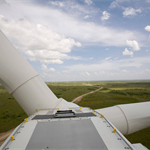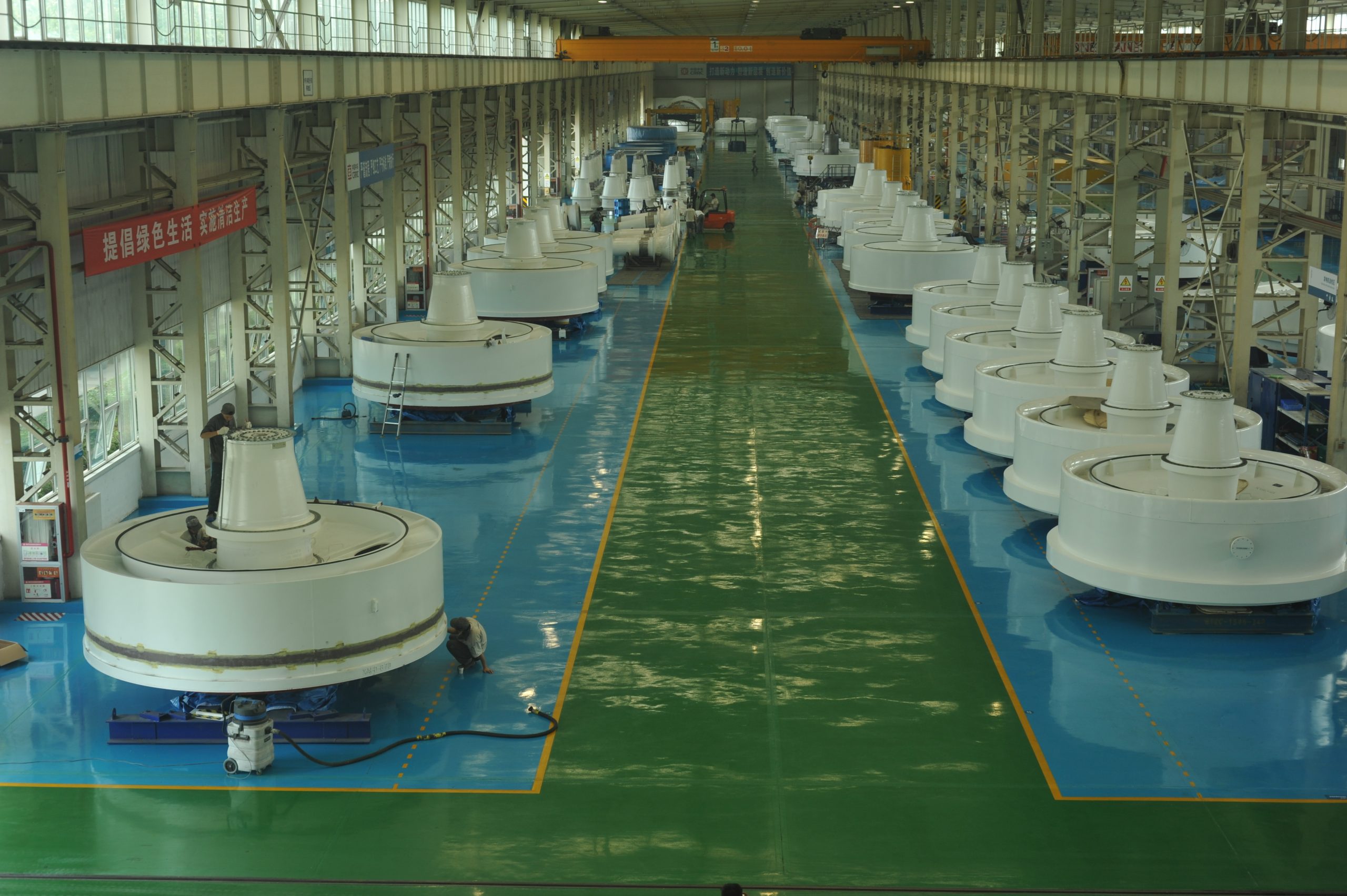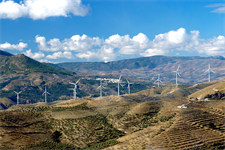Wind costs continue to fall as competitiveness over fossil fuels strengthens – Irena
Energy Disrupter

Irena said the global weighted average levelised cost of electricity (LCOE) of onshore wind was down 15% year-on-year, from $ 0.039/ kWh in 2020 to $0.033/kWh, while the cost for offshore wind dropped 13%, from $0.086/kWh to $0.075/kWh.
The China factor
China’s massive influence on the sector was significant in driving down those globalised costs, however, especially with the country benefitting from a fall in wind turbine prices against the trend elsewhere, according to Irena’s ‘Renewable Power Generation Costs in 2021’ report. The cost of electricity for new onshore wind projects, when excluding China, fell by a more modest 12% year-on-year to $0.037/kWh.
Cost reductions were also not universal, with seven of the top 25 onshore wind markets in 2021 experiencing a rise in total installed cost. In addition, supply chain challenges and rising commodity prices have yet to show their full impact on project costs.
“If materials prices remain elevated in 2022, this suggests – when combined with the lag between materials costs increases and project costs – that price pressures in 2022 will be more pronounced than in 2021 and total installed costs are likely to rise this year in more markets,” said the report.
For onshore wind, the impact on LCOE is likely to be modest at 4-9%. “Increasing profit margins to the more sustainable levels seen in 2017, might increase this figure for onshore wind to an 8% to 12% increase, but it is not clear if all these cost increases could be passed through in 2022 alone,” it said. “More importantly, with the extremely high fossil fuel prices already experienced in 2022 likely to continue, the additional cost is outweighed many times over by the economic benefit of new renewable capacity.”
Saving billions
Nonetheless, Irena said “the extent of the benefits from renewables in 2022 will be unprecedented”. Significant improvements in performance in 2021 raised capacity factors, especially for onshore wind and, given current high fossil fuel prices, the agency estimates that the renewable power added in 2021, including solar PV, saves around US$55 billion from global energy generation costs in 2022.
The report said almost two-thirds of the 163GW of newly installed renewable power in 2021 had lower costs than the world’s cheapest coal-fired option in the G20 – for onshore wind, global weighted average LCOE was 39% lower than the cheapest new fossil fuel-fired power generation option.
“Marginal fossil fuel electricity generating costs are so high in 2022, that a new onshore wind plant connected to the grid on 1 January 2022 and operating in the wholesale market might receive revenues in 2022 alone that are between two (in Mexico) and thirteen times (in Brazil) the required annual return on capital required from the possible marginal avoided costs of fossil fuel generation for the full year,” the report said.
‘Cheapest form of power’
Francesco La Camera, director-general of Irena stressed: “Renewables are by far the cheapest form of power today. 2022 is a stark example of just how economically viable new renewable power generation has become. Renewable power frees economies from volatile fossil fuel prices and imports, curbs energy costs and enhances market resilience – even more so if today’s energy crunch continues.”
High coal and fossil gas prices in 2021 and 2022 will also “profoundly deteriorate the competitiveness of fossil fuels” and make wind and solar even more attractive.
















